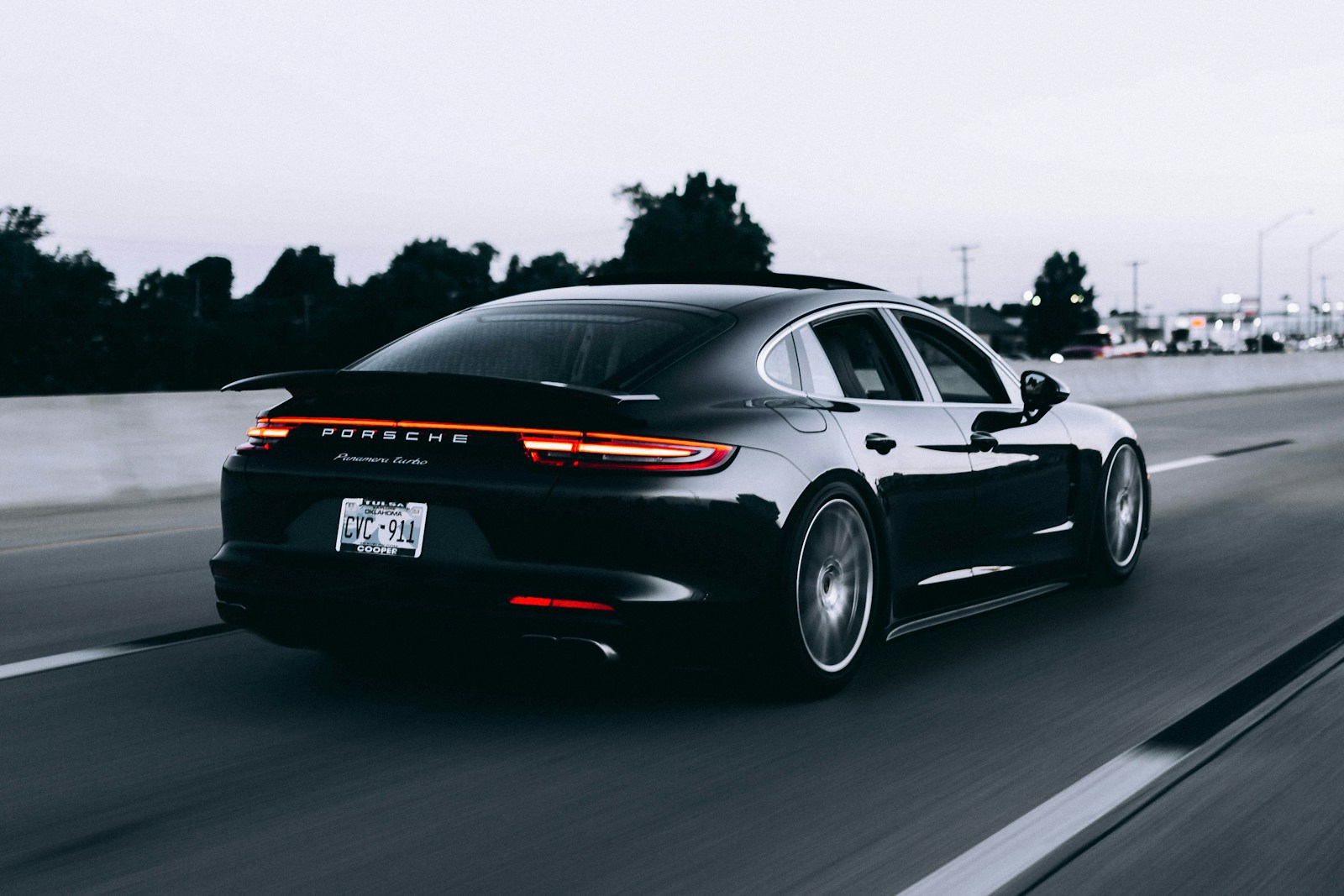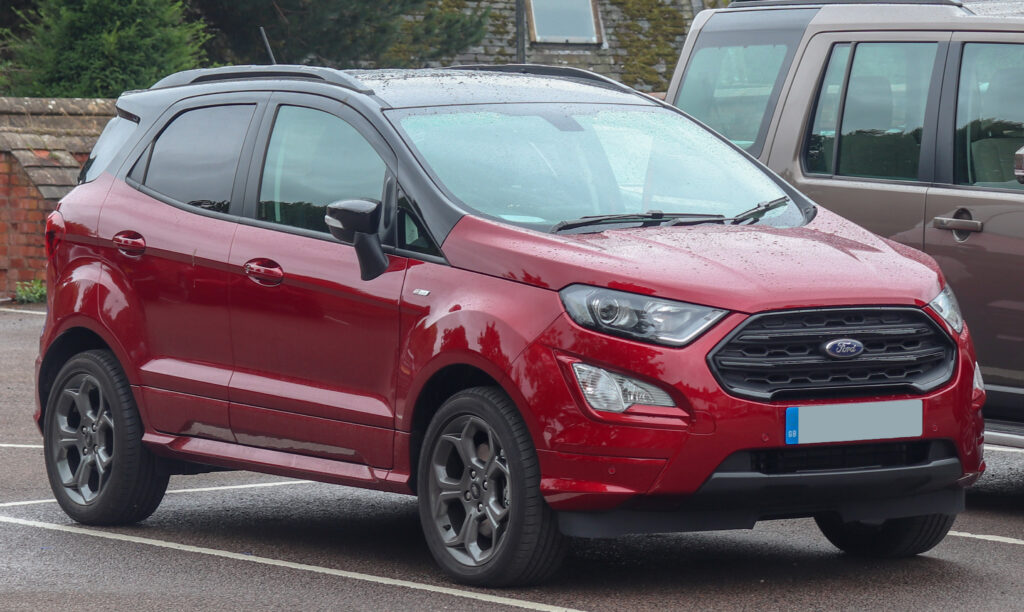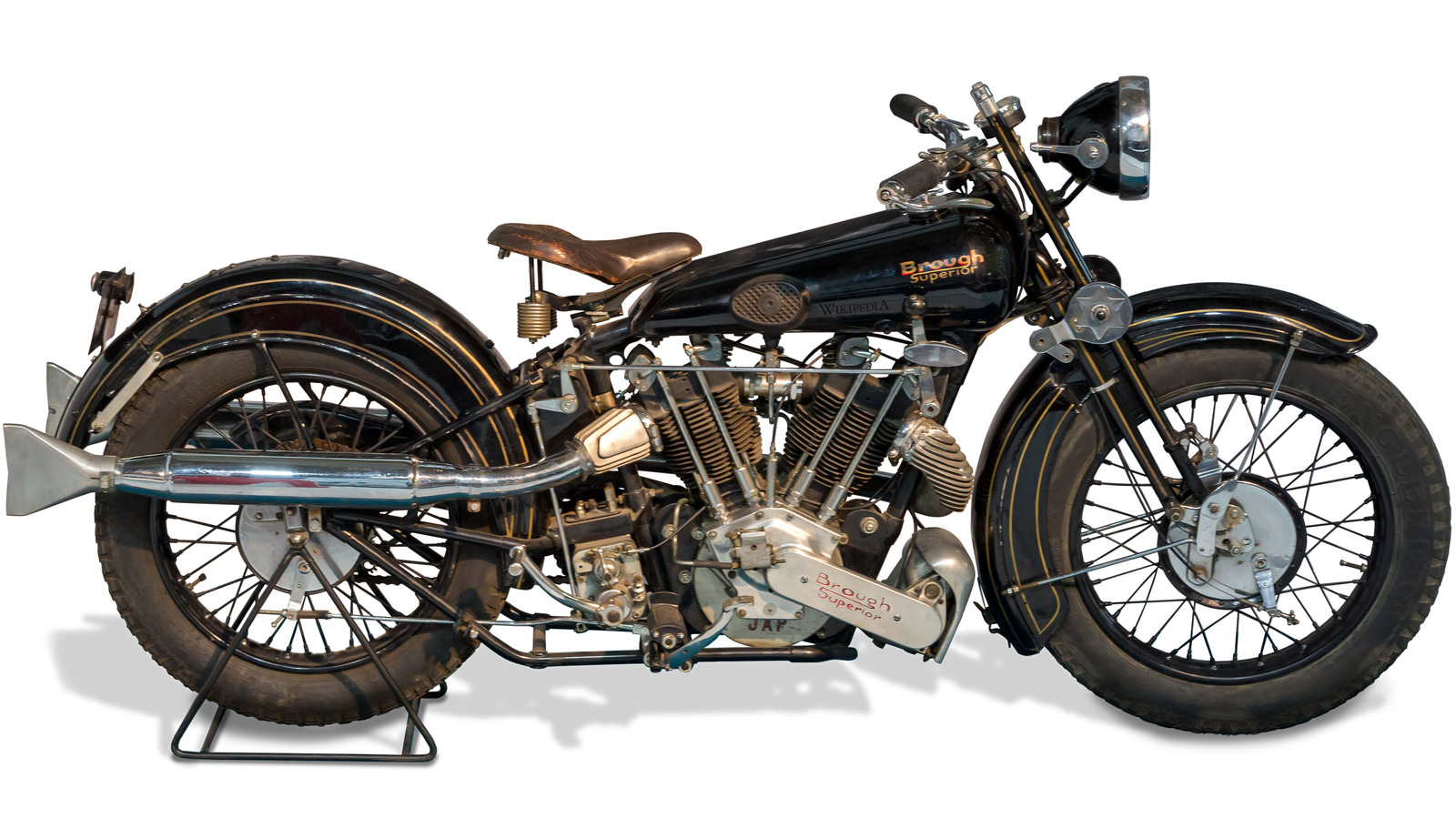Modern automobiles are undoubtedly marvels of engineering, packed with cutting-edge technology, sophisticated safety systems, and sleek, aerodynamic designs. They offer unparalleled convenience, efficiency, and performance that would have seemed like science fiction just a few decades ago. Yet, for all their advancements, something intangible has been lost along the way – a certain character, a tactile connection, a nostalgic charm that truly defined the automobiles of yesteryear. The relentless march of innovation, while bringing undeniable improvements, has also quietly phased out many beloved features that once made classic cars so special.
For enthusiasts and those who appreciate the ingenuity of past automotive design, these vanishing features represent more than just obsolete parts; they are tangible links to a bygone era of motoring. Each tells a story of evolving tastes, technological shifts, and how cars adapted to changing societal needs and regulatory landscapes. Many elements, whether simple mechanical solutions or distinctive design flourishes, were once integral to the driving experience, fostering a sense of engagement with the machine.
Join us on a nostalgic journey as we open the hood of automotive history to rediscover some ingenious, charming, and sometimes quirky classic car features that have quietly disappeared from our roads. We will explore their functionality, practical applications, and the reasons why they ultimately gave way to modern alternatives. Let’s appreciate the character that once defined these vehicles as we examine the first seven of these fascinating disappearing acts, each a unique chapter in automotive evolution.
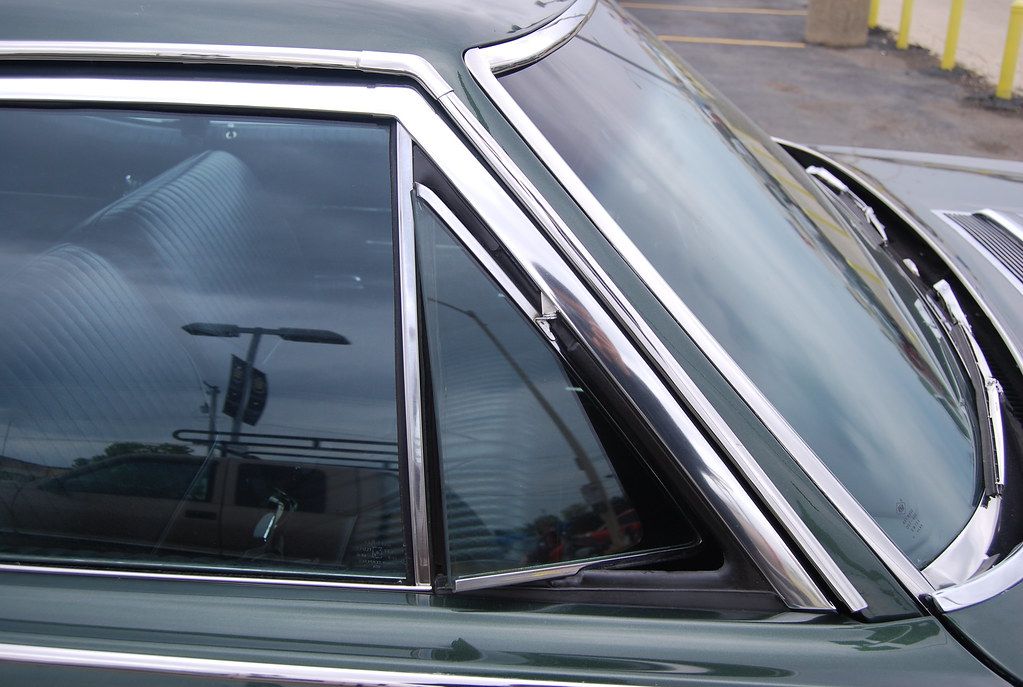
1. **Vent Windows**: Those small triangular windows, often known as “wing windows,” were a brilliant example of simple engineering designed for comfort. Positioned at the leading edge of the front doors, these ingenious little windows offered targeted, natural ventilation largely absent in today’s climate-controlled cabins. Before widespread air conditioning became standard, these tilting panes were essential for maintaining a tolerable interior temperature on warm days, proving that straightforward solutions are often the most effective.
The true beauty and versatility of vent windows lay in their unique adjustability. Occupants could angle them precisely to direct a refreshing breeze, cutting down on stuffiness and creating effective airflow without the turbulence of a fully open window. Smokers found them ideal for drawing smoke out, and children often enjoyed manipulating them to create personal wind tunnels during long road trips, adding a playful element to travel.
As automotive design prioritized sleek aerodynamics, sealed cabins for noise reduction, and universal climate control, the vent window gradually faded into obsolescence. While modern AC offers superior comfort, it cannot replicate the natural airflow and tactile charm these clever windows once provided. Their disappearance marks a shift towards automated efficiency over hands-on mechanical engagement.
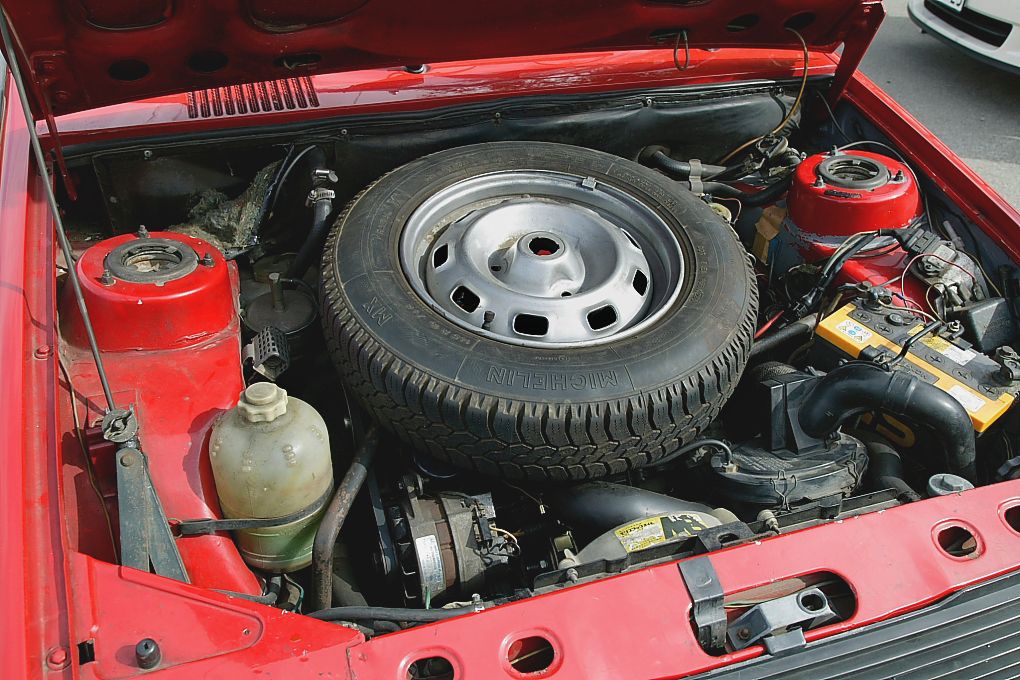
2. **Full-Size Spare Tires**: There was a time when the spare tire tucked diligently in your car’s trunk offered unparalleled peace of mind. This wasn’t a temporary “donut” or a compact repair kit, but a robust, full-size tire, identical in specification to the other four wheels. It represented a complete backup, designed to allow you to continue your journey indefinitely without compromising handling or performance, should you suffer an unexpected flat.
The presence of a full-size spare spoke volumes about an era of practicality and self-reliance in motoring. Trunks were meticulously engineered with a dedicated well to accommodate these substantial spares, often with a protective cover. This commitment to a reliable backup meant a flat tire was a minor setback, not a potential stranding, instilling genuine confidence on long journeys away from immediate service.
Today, the full-size spare is largely a nostalgic relic. In the automotive industry’s relentless pursuit of reduced weight, improved fuel efficiency, and maximized cargo space, manufacturers have opted for lighter space-saver “donut” tires, repair kits, or eliminated the spare entirely. While modern solutions contribute to fuel economy, they often leave drivers feeling less prepared for serious tire failures, highlighting a trade-off between efficiency and traditional reassurance.
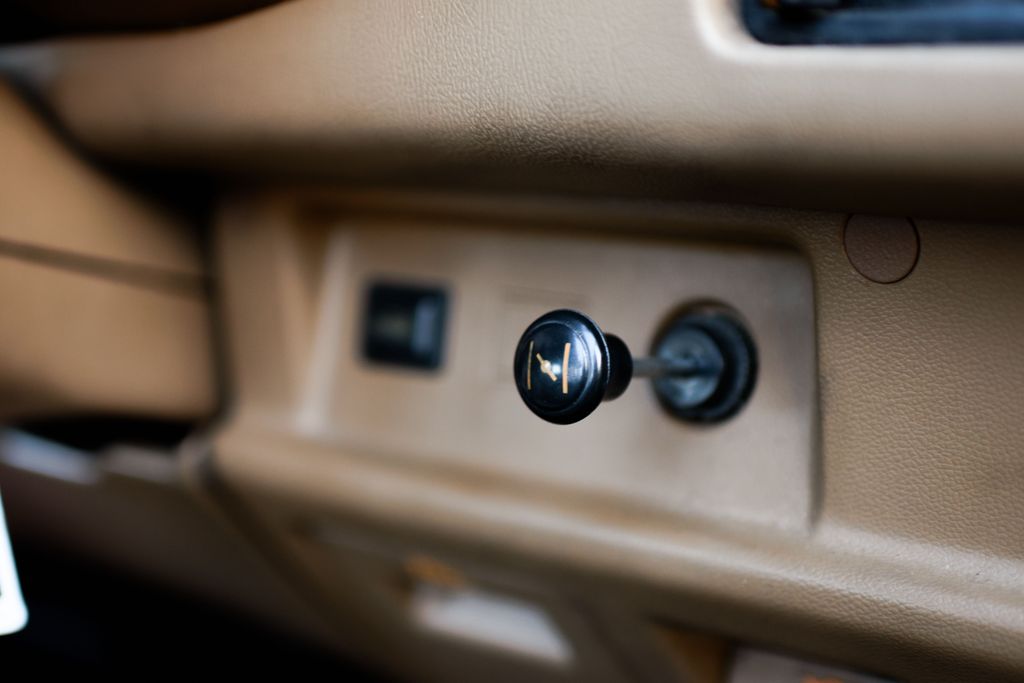
3. **Manual Choke**: For many drivers of carbureted classic cars, the manual choke was a distinctive dashboard fixture representing both a challenge and a profound point of pride. This small pull-knob provided direct, hands-on control over the fuel-air mixture delivered to the engine, essential for coaxing an older engine to life, especially on cold mornings. It facilitated a unique mechanical dialogue between the driver and their machine, demanding finesse and an intuitive understanding of the vehicle’s temperament.
Mastering the manual choke was akin to learning a delicate, yet crucial, skill. Too much choke risked flooding the engine; too little, and it would sputter. Drivers developed intimate knowledge of their car’s “mood,” knowing precisely how far to pull the knob and when to gradually push it back in as the engine warmed up. The satisfaction of a perfectly executed cold start, hearing the engine hum to life, fostered an intimate connection.
With the advent of sophisticated electronic fuel injection systems and advanced engine management computers, the manual choke became obsolete. Modern cars now automatically and precisely manage the fuel-air mixture, ensuring reliable, effortless starts without driver intervention. While today’s systems offer superior efficiency, they eliminate the rewarding, hands-on ritual and tactile engagement that once defined the authentic beginning of many a classic car journey, replacing learned skill with seamless automation.
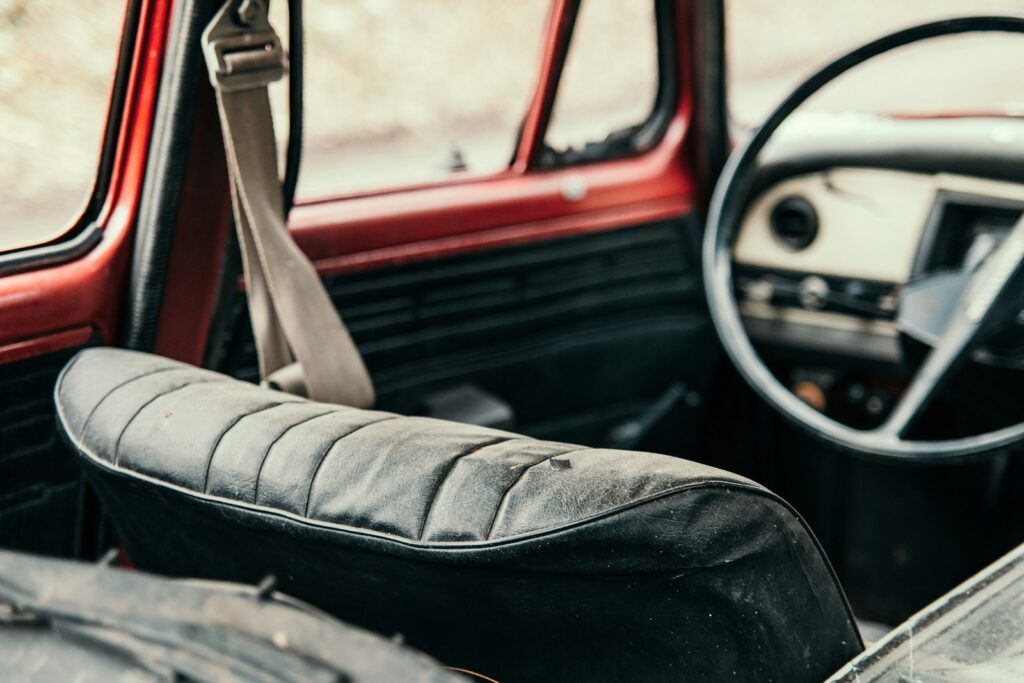
4. **Bench Seats**: The front bench seat, once a ubiquitous feature in American sedans and pickup trucks, embodied a fundamentally different philosophy of interior design. Far removed from the individualized experience offered by modern bucket seats and prominent center consoles, the bench seat fostered an undeniable sense of togetherness and communal travel. It transformed a car’s front row into a flexible, expansive space that could comfortably accommodate three people abreast.
This distinctive seating arrangement was far more than merely practical; it was inherently and wonderfully sociable. The continuous flat surface allowed passengers to sit closer, making family road trips feel more intimate and facilitating easy conversation. Couples cherished the ability to snuggle up closely, often using the fold-down armrest as a shared personal space. Bench seats truly symbolized an era where the car was as much about shared experiences as it was about individual comfort.
The decline of the bench seat can be attributed to several factors, including the increasing popularity of individual bucket seats, which offered enhanced lateral support and a sportier feel. The proliferation of elaborate center consoles housing modern conveniences also played a role. More critically, stringent safety regulations, demanding individual seat belts for all occupants and sophisticated airbag systems, rendered the broad, less defined space of the traditional bench seat less compatible with evolving safety standards.
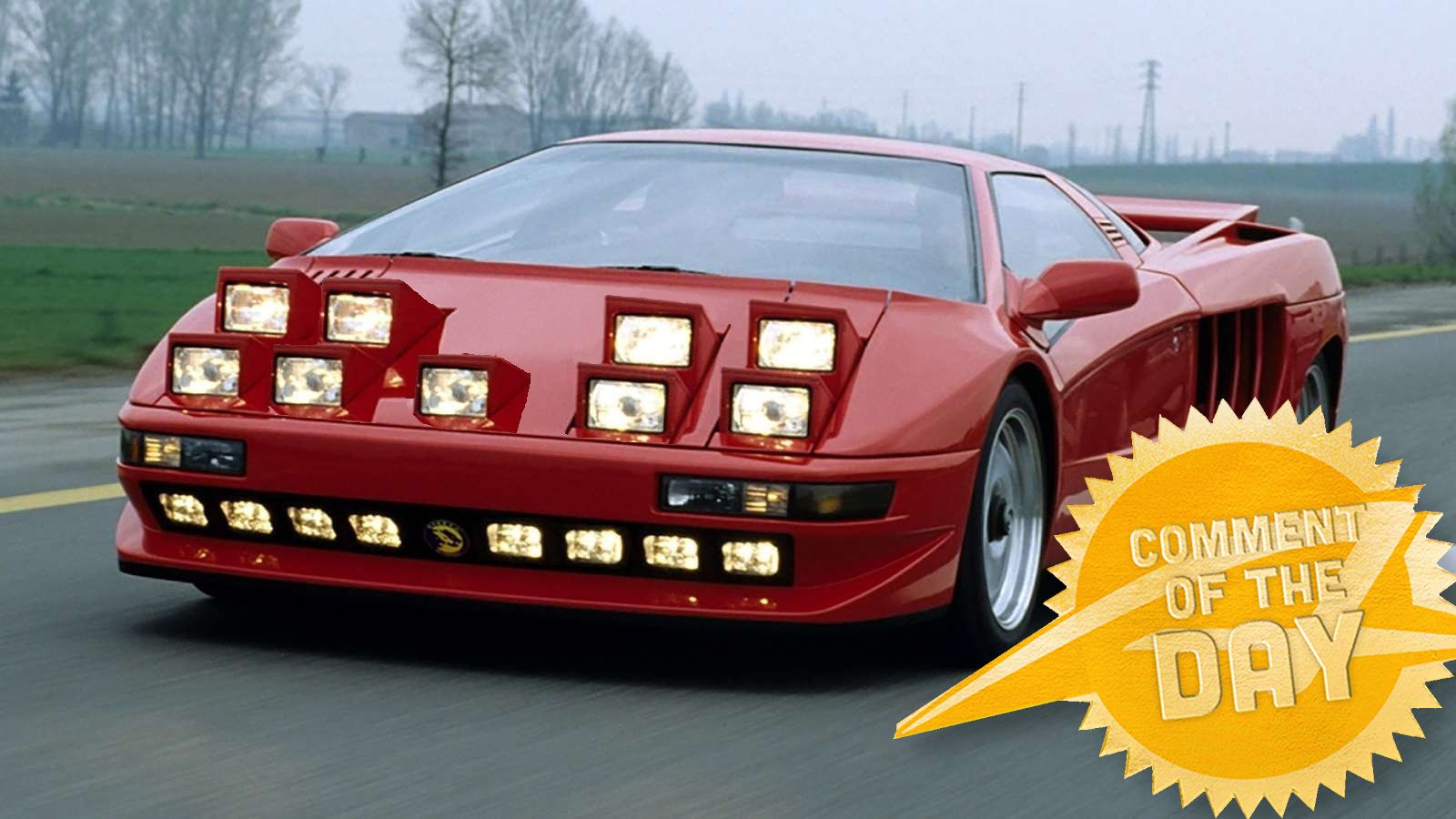
5. **Pop-Up Headlights**: Few classic car features captured the public’s imagination and exuded an aura of undeniable cool quite like pop-up headlights. These distinctive, retractable lamp units were a signature design element found on a captivating array of sports cars and high-performance vehicles, lending them an incredibly sleek, futuristic, and dramatic aesthetic. When closed, they contributed to an exceptionally smooth and aerodynamic front fascia.
Upon activation, they would dramatically “pop up” from their hidden compartments with a theatrical flourish, instantly transforming the car’s appearance and making every nocturnal drive feel like a thrilling movie scene. Iconic models like the Chevrolet Corvette, Mazda RX-7, and Ferrari Testarossa proudly sported them, using them as a truly defining stylistic statement. This ingenious solution allowed designers to craft lower, more pointed noses for improved aerodynamic efficiency.
Despite their cool factor, pop-up headlights faced significant challenges that led to their demise. They were inherently complex, involving intricate motors and linkages prone to mechanical failures and costly repairs. Crucially, evolving safety regulations, particularly concerning pedestrian protection in collisions, rendered the rigid, sometimes sharp edges of raised headlights problematic. The drive for enhanced aerodynamics and the advent of smaller, powerful fixed LED headlights provided superior functionality without the complexity, sealing their fate.
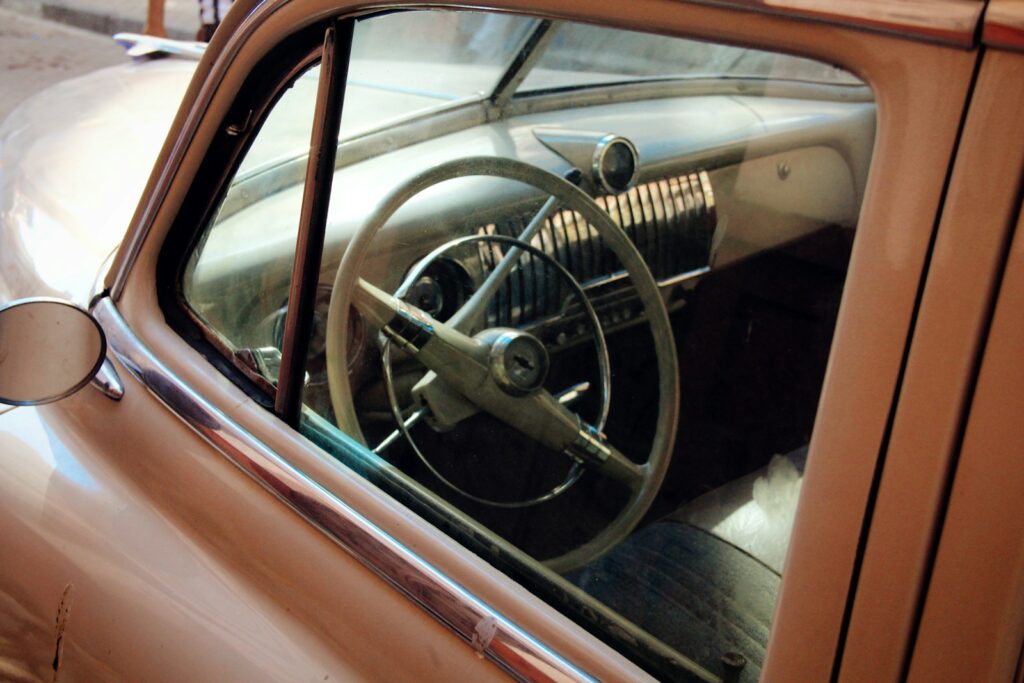
6. **Crank Windows**: In an automotive era predating the dominance of effortless power windows, manual crank windows were the universally accepted standard, offering a direct, mechanically reliable means of adjusting a car’s glass. This hands-on operation, requiring physical and deliberate effort to wind the handle, provided a unique tactile connection to the vehicle that is now rarely experienced. It was a simple, yet incredibly robust system, inherently reliable due to its lack of complex electrical components.
The absolute dependability of manual window cranks was a major advantage, proving particularly invaluable in emergency scenarios where a power failure could render electric windows inoperable. The characteristic grinding, clicking, or distinctive whirring sound accompanying their operation became an integral and often nostalgic auditory cue, forming part of the sensory driving experience for many classic car owners. This manual process even offered a subtle upper body workout during leisurely summer cruising.
Despite their durability and straightforward nature, the irresistible allure of modern convenience, coupled with demand for more refined interiors, led to their replacement by electric power windows. While manual cranks offered unparalleled mechanical reliability and precise physical control, the sheer ease of simply pressing a button proved overwhelmingly preferred. Today, manual window cranks are almost exclusively found in vintage models, serving as a charming reminder of a time when interaction with a car’s features was much more physical and engaging.
The journey into automotive history continues, shifting our focus to a new set of iconic classic car elements that have faded into the annals of time. These features, ranging from distinctive exterior aesthetics to unique interior controls and entertainment, tell a compelling story of innovation, changing tastes, and the relentless march toward efficiency and advanced technology. Each represents a fascinating chapter in how cars adapted to the world around them, leaving behind a legacy that continues to captivate enthusiasts. Let’s delve into the next seven disappearing acts, exploring their historical significance, the reasons for their demise, and their lasting impact on the very essence of driving.
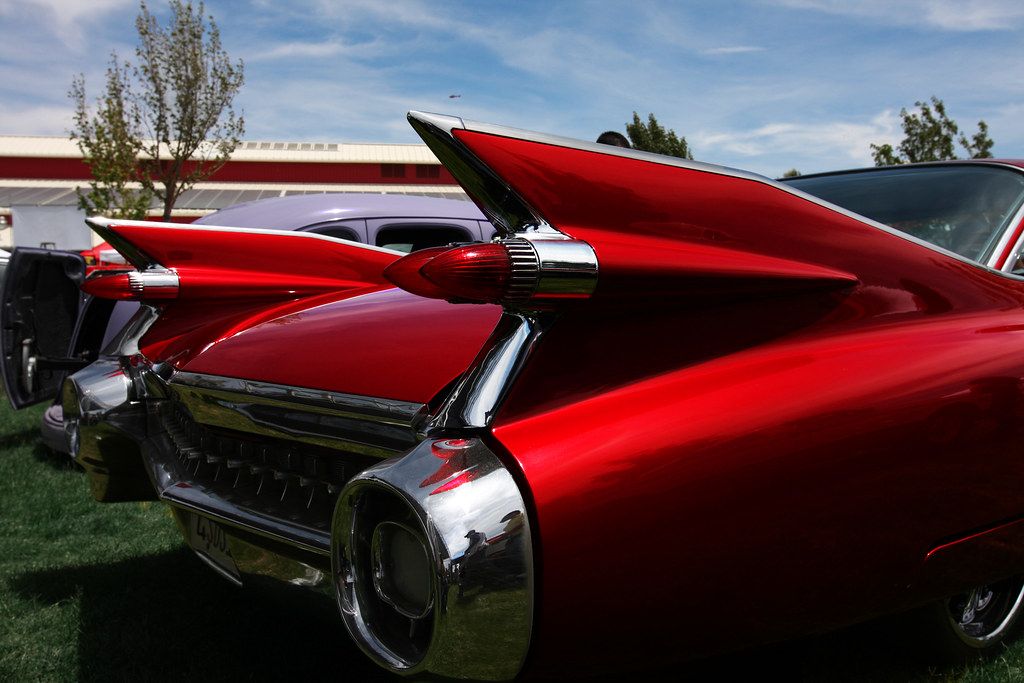
7. **Tailfins**: Few design elements are as instantly recognizable or as emblematic of a specific era as the glorious tailfins of the 1950s and 1960s. More than mere decoration, these dramatic appendages embodied a cultural fascination with space travel and an optimistic vision of the future. While their practical aerodynamic benefits were often minimal, tailfins gave cars a futuristic, aerodynamic flair that made an undeniable style statement, capturing the imagination of a generation.
Models such as the iconic Cadillac Eldorado and the Chevrolet Bel Air proudly sported these dramatic designs, using them to project an image of speed and sophistication. They transformed the car’s silhouette, turning a simple mode of transport into a rolling work of art that echoed the jets and rockets dominating the era’s headlines. Every curve and angle of a tailfin told a story of ambition and audacious design.
However, as the automotive world shifted its focus towards greater efficiency, practicality, and simpler, cleaner lines in the 1960s, tailfins quickly fell out of favor. The era of extravagant design gave way to a more streamlined approach, leaving these bold declarations of style as a nostalgic relic. Today’s vehicles prioritize advanced aerodynamics and fuel efficiency, a stark contrast to the flamboyant, form-over-function ethos of the tailfin era.
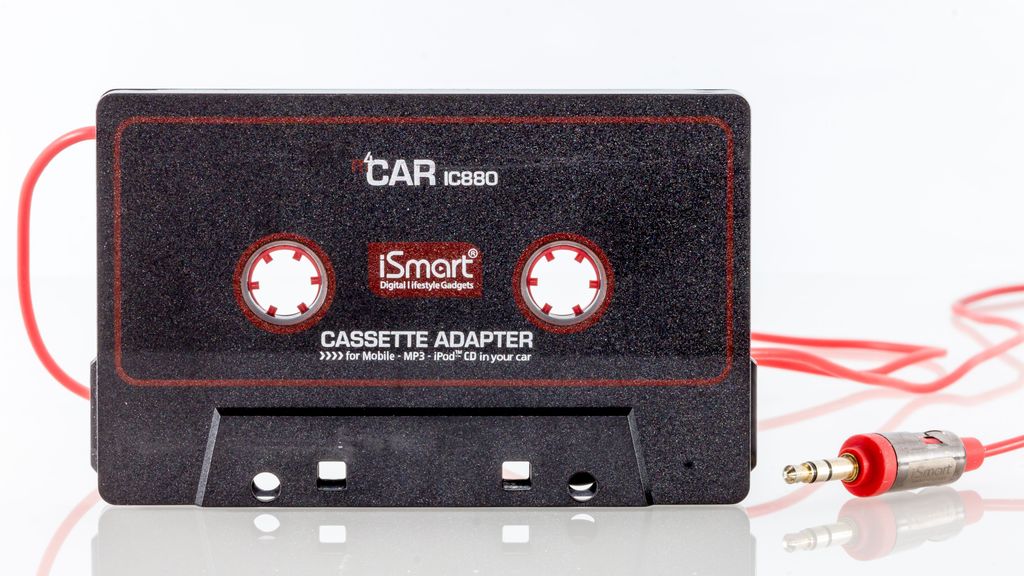
8. **Cassette Tape Players**: Before the advent of digital media and the ubiquitous streaming services we now take for granted, the cassette tape player was an absolute cornerstone of automotive entertainment. It transformed the driving experience, allowing individuals to curate their own road trip soundtracks, share mixtapes with friends, and bring their favorite albums along for the ride. This tangible format offered a unique connection to music, a stark contrast to today’s purely digital consumption.
The ritual of inserting a tape, feeling the satisfying click, and hearing the whir of the reels as the music began was an integral part of countless journeys. From meticulously crafted mixtapes for a loved one to hours of carefully recorded radio hits, cassettes offered a sense of physical ownership and a deeply personal touch that digital playlists, while convenient, simply cannot replicate. They were the heart of every road trip playlist, bringing sound and personal expression to the cabin.
Today, the cassette tape player has been rendered almost entirely obsolete, gathering dust in forgotten dashboards as streaming and Bluetooth audio have made physical media virtually irrelevant in cars. This transition reflects not just incredible advancements in technology, but also a profound change in how we consume media, prioritizing immediate access and vast variety over the physical tangibility that once defined car audio systems.

9. **Hood Ornaments**: Hood ornaments were once a hallmark of luxury, prestige, and unique brand identity, literally crowning the front of countless vehicles with intricate artistry. These chrome masterpieces weren’t merely decorative; they served as both powerful branding statements and artistic expressions, giving each vehicle a unique identity and an immediate sense of character before you even turned the key. Brands like Mercedes-Benz with its three-pointed star, Pontiac with its illuminated Indian head, and Jaguar with its leaping feline all used these distinctive emblems to make their vehicles truly stand out.
Beyond their symbolic and aesthetic appeal, some hood ornaments even served a practical purpose, helping drivers position their cars while parking or navigating tight spaces. The annual ritual of polishing these gleaming mascots to a mirror finish was a point of pride for many car owners, a small act of maintenance that celebrated their vehicle’s unique personality. From majestic lions and eagles to sleek, stylized figures, they added undeniable personality and prestige to every vehicle.
However, concerns about pedestrian safety, the unfortunate prevalence of theft, and evolving aerodynamic demands gradually led to their decline. Modern design trends favored cleaner, more minimalist aesthetics, with most automakers now opting for sleek, embedded emblems rather than raised sculptures. While the few that remain are often retractable or purely symbolic, the era of the proud, prominent hood ornament as a defining feature has largely passed, sacrificed for safety and streamlined efficiency.
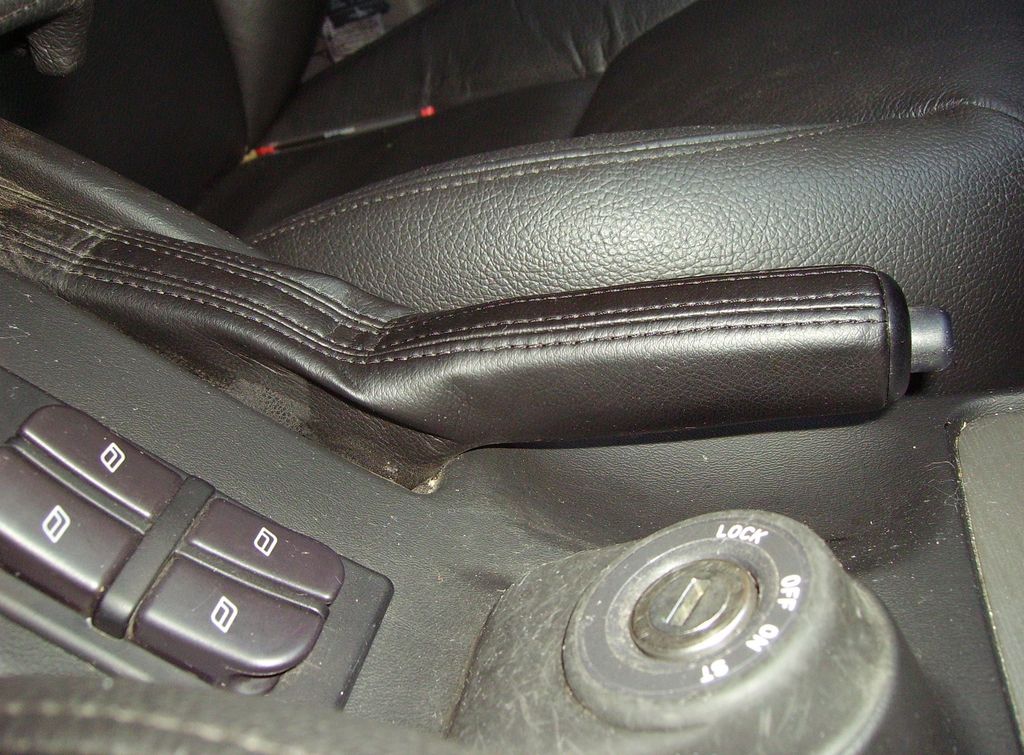
10. **Physical Handbrakes**: For generations of drivers, the physical handbrake lever, often positioned between the front seats or sometimes tucked beneath the dashboard, was an absolute fixture in their vehicles. This manual lever provided a direct, mechanically engaged method of securing the vehicle, offering a simple yet profoundly reliable way to activate the parking brake. The satisfying pull, often accompanied by a series of distinct clicks, was an intuitive action that instilled a sense of confidence in the car’s stability.
The reliability and straightforward nature of the physical handbrake made it an indispensable component, especially in an era where electronic systems were less prevalent. It represented a tangible, reassuring connection to the vehicle’s mechanics, a physical input that directly translated into a specific, crucial function. Drivers learned to apply just the right amount of force, and the sound of the ratchet mechanism was a familiar part of the driving soundscape.
However, the relentless march of digitization and automation in vehicle controls has seen the traditional handbrake lever increasingly replaced by electronic parking brakes. Operated by a simple switch or button, these modern systems enhance convenience and free up interior space, aligning with the industry’s drive for more streamlined and technologically advanced cabins. While undeniably convenient, this transition from a manual lever to an electronic switch often diminishes the tactile engagement and the direct, reassuring mechanical feedback that defined the driving experience of yesteryear.
As we conclude this nostalgic expedition through the disappearing features of classic cars, it becomes clear that each element, whether a design flourish or a functional control, tells a story of an evolving automotive landscape. From the bold statements of tailfins to the tactile satisfaction of a physical handbrake, these features once defined our cars and, by extension, our driving culture. Their disappearance marks the fascinating intersection of technological advancement, shifting consumer preferences, and ever-evolving regulatory landscapes. While modern vehicles undoubtedly offer unparalleled efficiency, safety, and convenience, the enduring appeal of these classic characteristics serves as a powerful reminder of a time when the interaction with our machines was often more physical, more engaging, and undeniably imbued with a unique, unforgettable character. The future promises more innovation, but the charm of the past will forever resonate in the hearts of true automotive enthusiasts.

